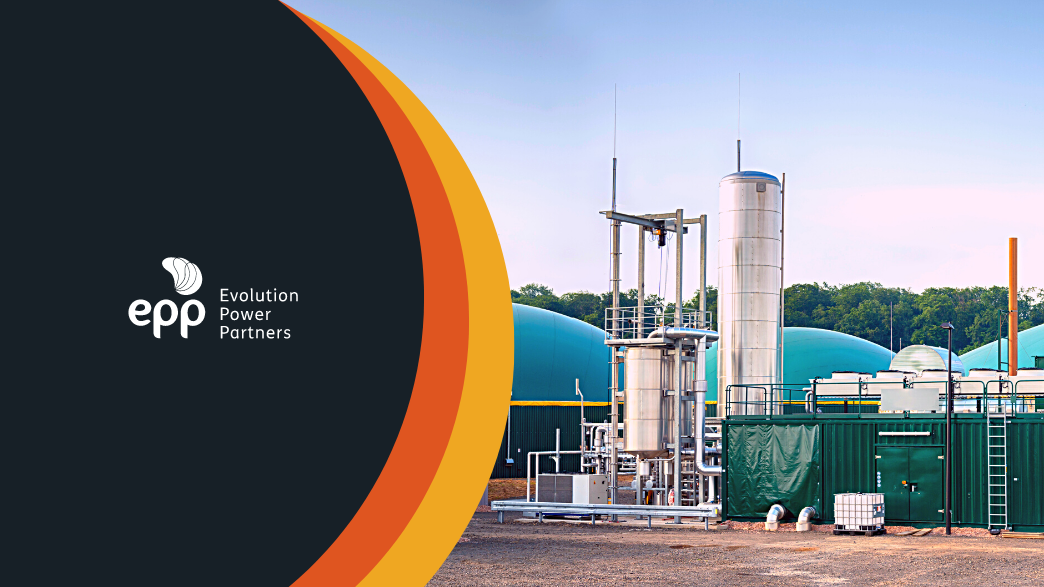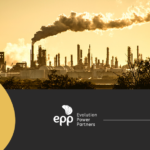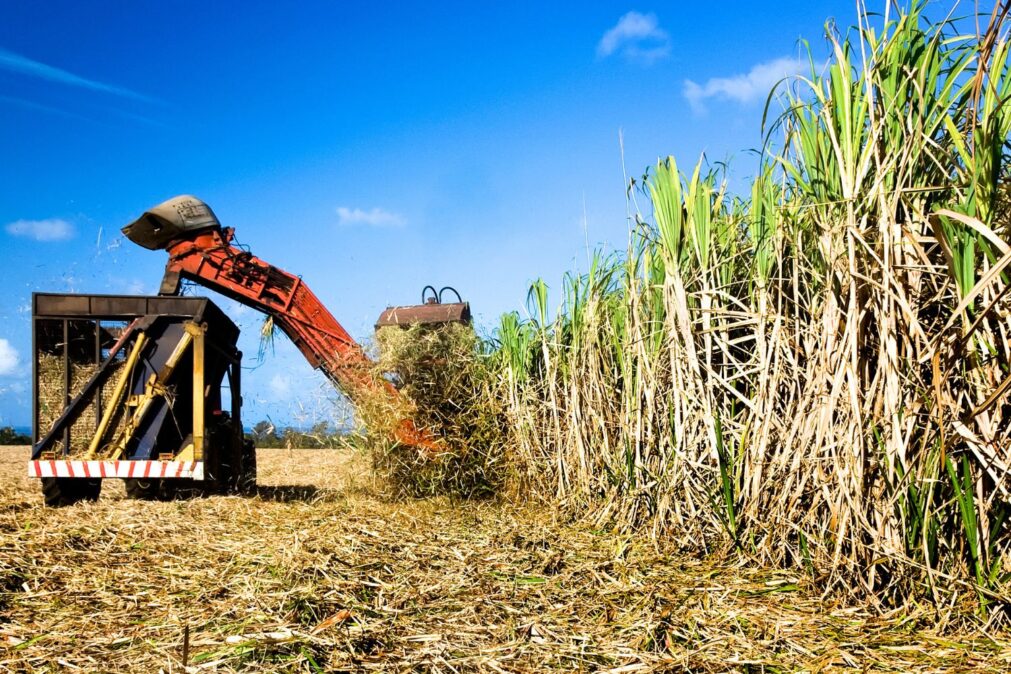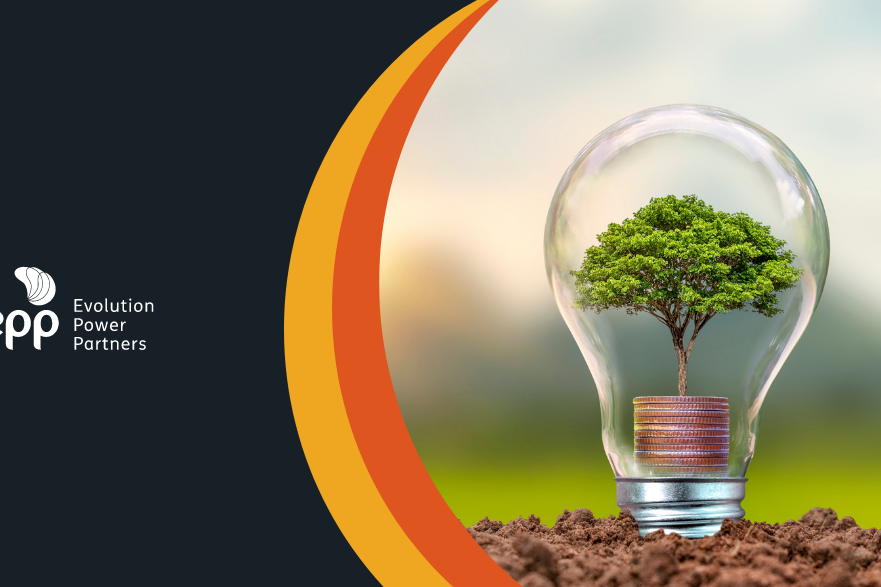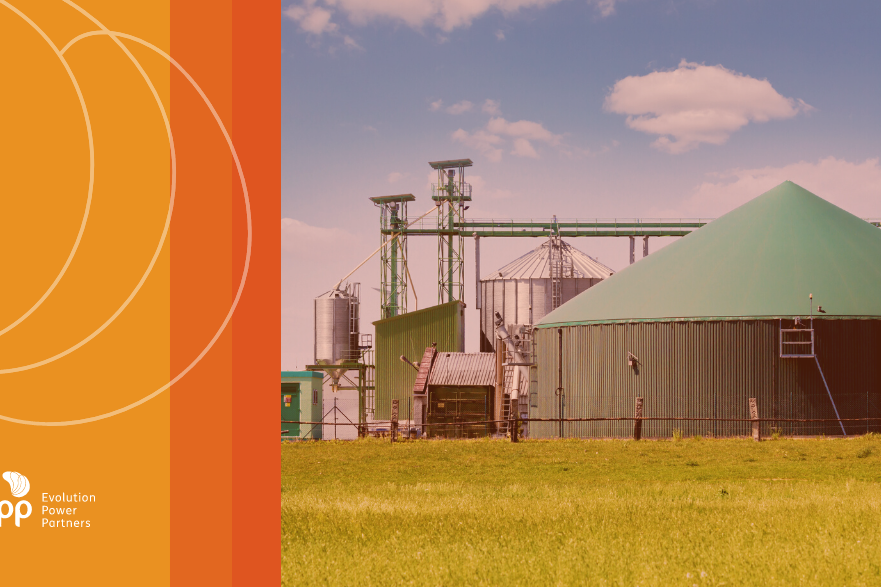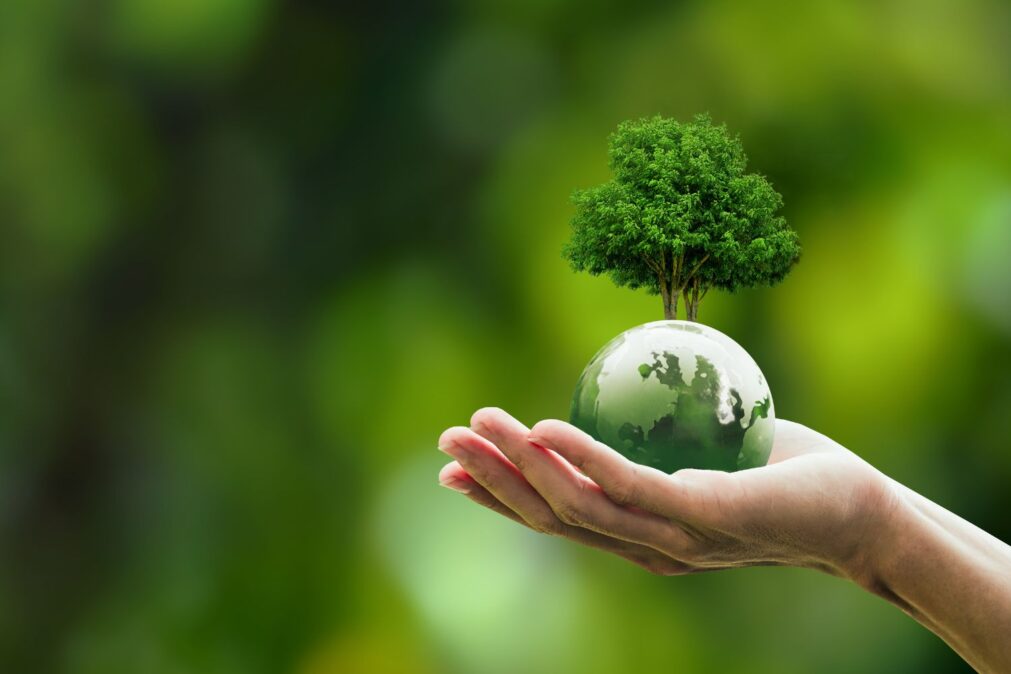Decarbonization with biogas attracts new investments that benefit all links in the production chain, highlighting the strategic role of the bioenergy sector.
How does decarbonization relate to biogas? Decarbonization is the reduction of carbon dioxide emissions through the use of energy sources with low carbon content or a source with the least possible emissions. Thus, renewable gases are called upon to play an important role in the decarbonization of the economy.
Brazil has important sources for the generation of biogas, such as the sugar-energy sector and urban solid waste (MSW). After COP26, decarbonization became a recurring agenda for governments, with the need to reduce the emission of carbon dioxide and methane. In this sense, many countries have joined the carbon market, such as Brazil, with the intention of creating means that encourage a reduction in the use of fossil fuels.
Biogas as a source of decarbonization
The beginning of biogas production in Brazil arose with the aim of solving the environmental issue related to effluents and solid waste. In other words, sanitary landfills managed to correctly dispose of MSW, in addition to generating a cleaner energy generation model than fossil fuels.
Brazil has a huge energy potential with biogas, mainly from MSW, which can be the way out to decarbonize sectors such as transport and the chemical industry.
ABiogás calculates the energy potential of the sector every year and, in 2021, the country could already double the production of natural gas through biogas, a renewable and distributed gas. According to data from ANEEL, there are currently 386 plants that generate 320,739.00 kW, with 241,495.80 kW coming from centralized generation and 79,243.20 kW from distributed generation.
Decarbonization in Brazil
When correctly structured, energy generation using biogas from MSW promotes a continuous cycle of use. The methane present in biogas has a potential 20 times greater than carbon dioxide in relation to the greenhouse effect. Therefore, this gas needs to be burned efficiently to prevent it from being released into the atmosphere.
In Brazil, it is still common to find some plants operating with 40% or 50% availability of machines, normally due to the lack of adequate technology for the treatment of biogas before entering the motor generators. Ensuring gas reduction from efficient burning in a generator is one of the main features of decarbonization within biogas processes.
In the country, there are already projects of this type, such as the biomethane plant in Itaipu. In this model, it is possible to monetize an environmental liability by generating sustainable actions and impacting the decarbonization of the matrix.
EVA Energia generates energy from its own biogas plants from sanitary landfills and swine farming. Together, they add up to about 20MW of installed capacity and also contribute to the circular economy, while generating savings in companies’ electricity bills. The plants are located in the states of Rio de Janeiro (São Gonçalo and Seropédica), São Paulo (Mauá) and Mato Grosso – this being the largest in the country for generating energy from swine manure.
Since the creation of the National Solid Waste Policy, in 2010, new actions and investments have started to occur in the sector, such as the decarbonization credit, or CBIO, with the objective of minimizing the impacts generated by the process, as well as taking advantage of the waste generated for production. power.
If you are interested in this subject, learn more about the energy transition and biofuels.
